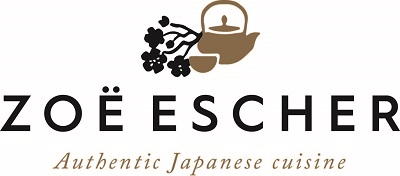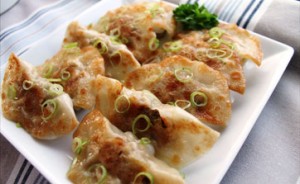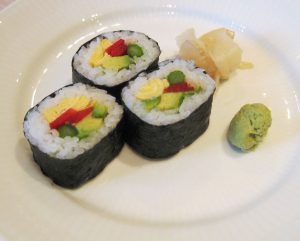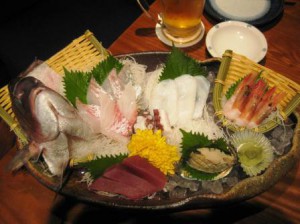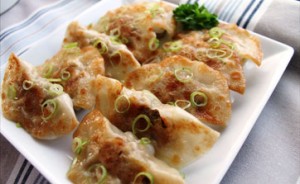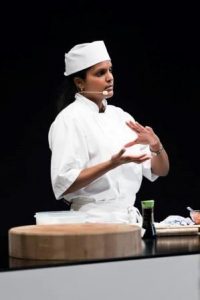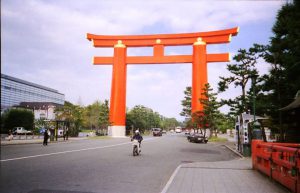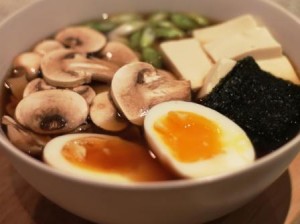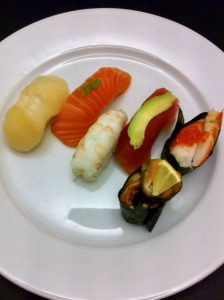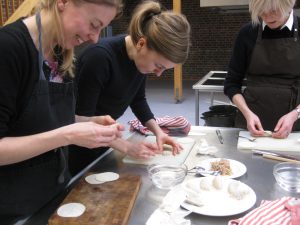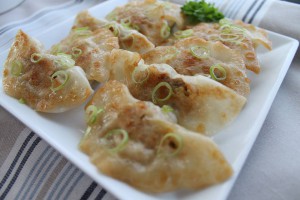 Like in Denmark especially the young Japanese are good at that skipping breakfast.
Like in Denmark especially the young Japanese are good at that skipping breakfast.
Although Europe has made its impact in Japan the majority of Japanese still eats Japanese for breakfast. It can be a rice ball with seaweed and little filler such as Japanese plum or fish.
It may also be a larger breakfast consisting of rice, miso soup and a tray with 6 different bowls, each containing a little differently. Some dishes are quite small containing different kinds of fish, meat and vegetables.
Whether the Japanese choose a quick rice ball or a larger breakfast both very healthy. Dishes are interesting if you bother healthy and nutritious dishes.
Please read more about the class Traditional Japanese cooking class for beginners
_
Zoë has lectured and held sushi courses for A. P. Moller – Maersk, Hugo Boss Nordic, Novo Nordisk, Novartis, Velux, Gorrissen Federspiel, Beierholm revision, Elbek & Vejrup and many more.
